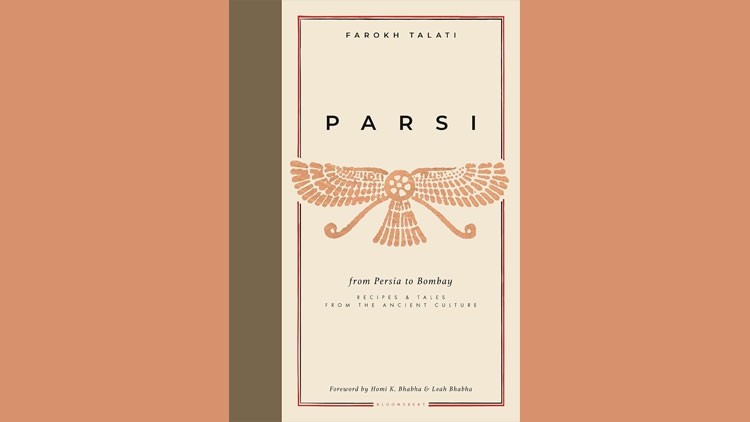Book Review: Parsi

“To be a Parsi is like being a member of a very special club, one that values humour and joviality, and holds food as an essential component of their culture,” writes Farokh Talati in the introduction to his debut cookbook. As a reader you are then invited to take a peek inside this club, with Talati guiding you gently through the food of India is his very personal manner, seasoning recipes with childhood memories, comforting advice and its historic and cultural importance as he goes.
Open Parsi at any page and you will be greeted by a dish of either varying shades of brown, ochre, mustard, and burnt orange thanks to the regular appearance of ginger, turmeric, saffron and various richly-coloured masalas in the recipes of Parsi cuisine. Inviting, indulgent, uplifting, it’s hard to think of another cookbook as visually engrossing as Parsi – you don’t just want to cook these dishes, you want to devour them instantly.
The other striking feature of Parsi is its thoroughness. With his book there is a feeling that Talati really wants the user to replicate his recipes with success as well as to not be afraid of trial and error and introducing personal touches to them. From the off the book speaks of the seemingly minutiae, such as how to caramelise onions, as well as how to choose, grind and store spices that goes beyond the usual advice. His description of dhansak masala and sambhar masala as 'brothers in arms', with the former more refined and experienced than its hot tempered sibling is evocative an helpful, as is his tip for emptying turmeric into a glass jar to avoid spillage – “unless you want a constant reminder of the day you made fish curry”. Then there's his eight pickle recipes which are almost worth buying the book for alone.
Beyond these early pages Parsi is divided into numerous chapters that make it easy to navigate. Sections include dairy, breakfast, snacks, salads, rice and lentils, vegetables, fish, meat, sweet things and ice creams, biscuits and cakes, and drinks. With around 100 recipes in these sections there is something for all tastes.
With his book Talati has brought Parsi cuisine to life but ultimately his book doesn’t seem to be about dishes or cuisine but rather about food and eating and how it makes people feel. While it contains numerous ‘proper’ cookbook dish shots – a shiny orange blossom jelly sat magnificently on a white plate; a crab and coconut curry shot close up in a wok – they are outnumbered by others with more energy, of movement, of having been tasted and of the necessary destructive process of eating. Thus, a mango buttermilk pudding has already been heartily tucked into; a cardamom shortbread biscuit already snaffled from a silver tray; a falooda ice cream sundae dripping down the glass; the gloopy remains of a pistachio ice cream sandwich left behind on the tabletop, all of which show the inseparable connection between food and the eating of food.
The best way to consume Parsi the book is to treat it like the food it so adeptly portrays. Dive in with gusto and prepare to be fulfilled.
Parsi – from Persia to Bombay
Farokh Talati
Number of pages: 368
Must try dish: Parsi-style fried chicken
Publisher and price: Bloomsbury, £26











